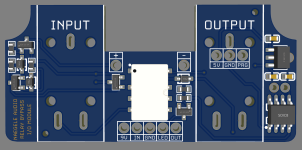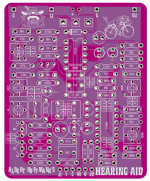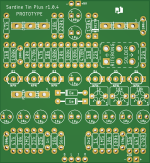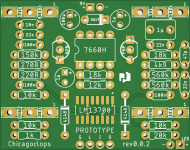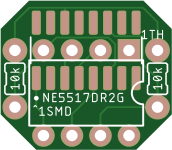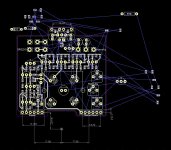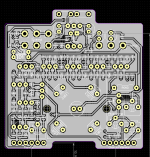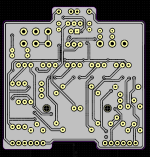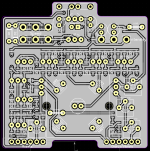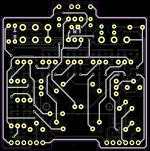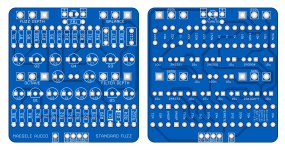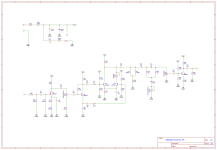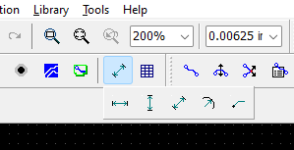They’re on the right side for my workflow. I like to follow the schematic as I populate the PCB, so it’s easier for me if I keep the refdes on the top silkscreen layer. Additionally, for octave fuzzes with a differential pair like this one, I like to match the resistors in the octave section (R7-12, R15, R16) as closely as my Fluke will allow. This actually makes a big difference to my ears, and results in a stronger octave than just using a trimpot for the differential pair’s base to ground resistors. So for a circuit like this, it’s nice to be able to identify which 1k/10k/22k resistors need to be matched without having to flip over the board. The reason that I started putting values on the back is to serve as a backup of sorts in case the schematic is ever lost, rather than for ease of assembly on my part.


